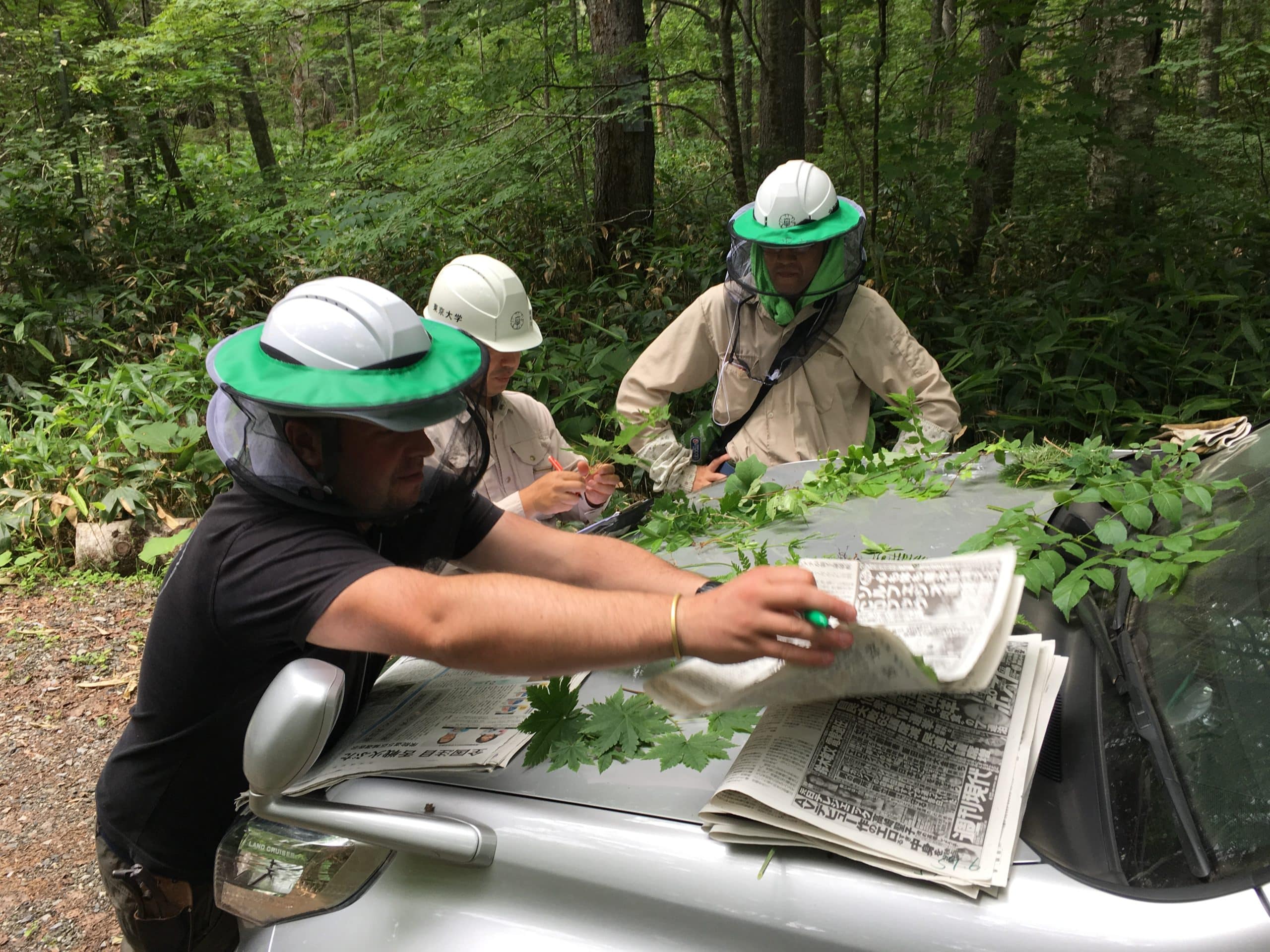I was always fascinated by plants as a kid. My bedroom windowsill was a veritable jungle of succulents, Venus flytraps and other botanical curiosities that festooned the curtain poles and hung from the ceiling. I would document all my plants carefully, scribbling and illustrating them. It was inevitable that I was to become a plant biologist!
Today, I am the Deputy Director and Head of Science at the University of Oxford Botanic Garden and Arboretum (OBGA). The research I do here centres on processes that shape the evolution of parasitic plants and carnivorous plants – those that obtain their food in unusual ways. Working with scientists from other disciplines, another aspect of my research examines how plants can inspire design in technology – inkjet printing, for example!
As part of our commitment to delivering against the Global Strategy for Plant Conservation, we work with partners from Oxfordshire to Japan conserve rare plants. Indeed, some of those grown in our collections can be found nowhere else. I have been lucky enough that my work has taken me to see some beautiful plants in breath-taking places.
Join Chris on a quick visual tour of the unique flora in the Kagoshima Prefecture of Japan!
Our conservation work in Japan is part of a wider programme of research into biodiversity hotspots around the world. Biodiversity hotspots are regions that are rich in endemic species – those that are found nowhere else on the planet – and where 30% or less of the original natural vegetation remains. Together, they represent just 2.3% of Earth’s land surface yet support more than half of the world’s endemic plants, including many that are threatened with extinction. In collaboration with botanists at the Department of Plant Sciences, one of the aims of our research is to develop a Rapid Botanical Survey methodology for quantifying the importance of particular areas in these hotspots.
I am also involved with a community-led conservation project in the Canary Islands seeking to ‘rewild’ brownfield sites around the city of Arrecife using plants propagated from natural populations around the island. This approach of using native species creates green spaces that require little or no long-term intervention and benefit the mental health and wellbeing of local communities.

A community team poses in a garden planted as part of the conservation project in Arrecife, Canary Islands.
But why is plant conservation important, and why should we care? We depend on plants for our very existence. Plant biologists and Botanic Gardens play a crucial role in the conservation of the world’s flora at a time when this has never been more important: two in five plant species are threatened with extinction worldwide. The 5000 or so different types of plant we grow here at OBGA hold significant conservation value.
One of the ways in which we can bring plants to people’s attention include astonishing them with extraordinary plants. It may be in the form of an insect-eating pitcher plant, or a ‘vegetable vampire’ that sucks sap from the roots of other plants. Showing people plants in unexpected ways can challenge the common perception that plants are inanimate. This work – called public engagement – is a big part of what we do at Oxford Botanic Garden and Arboretum. My hope is that it will help inspire a new generation of plant scientists at a time when we have never needed them more.

A team of plant biologists examines some samples in Japan.


